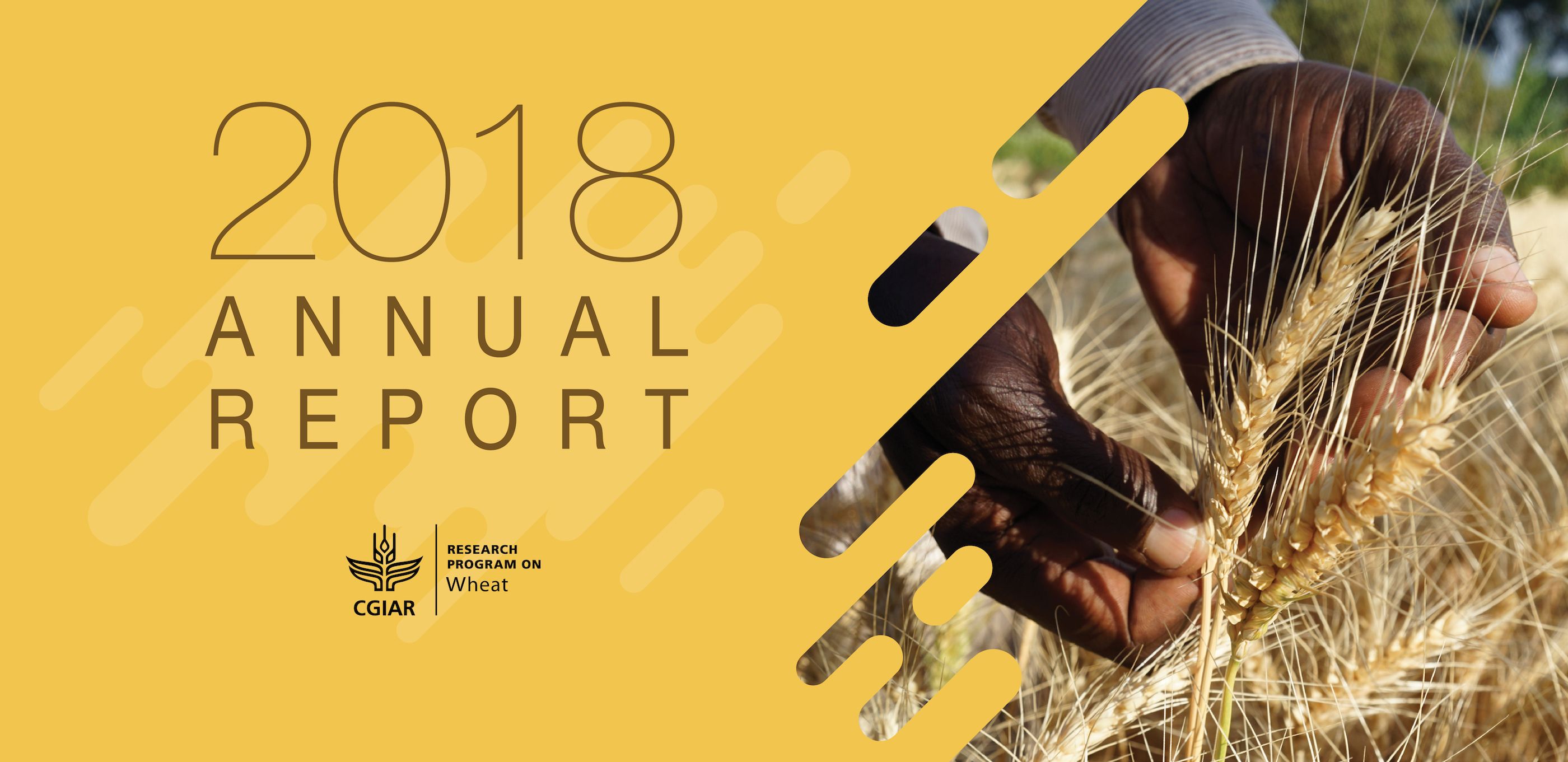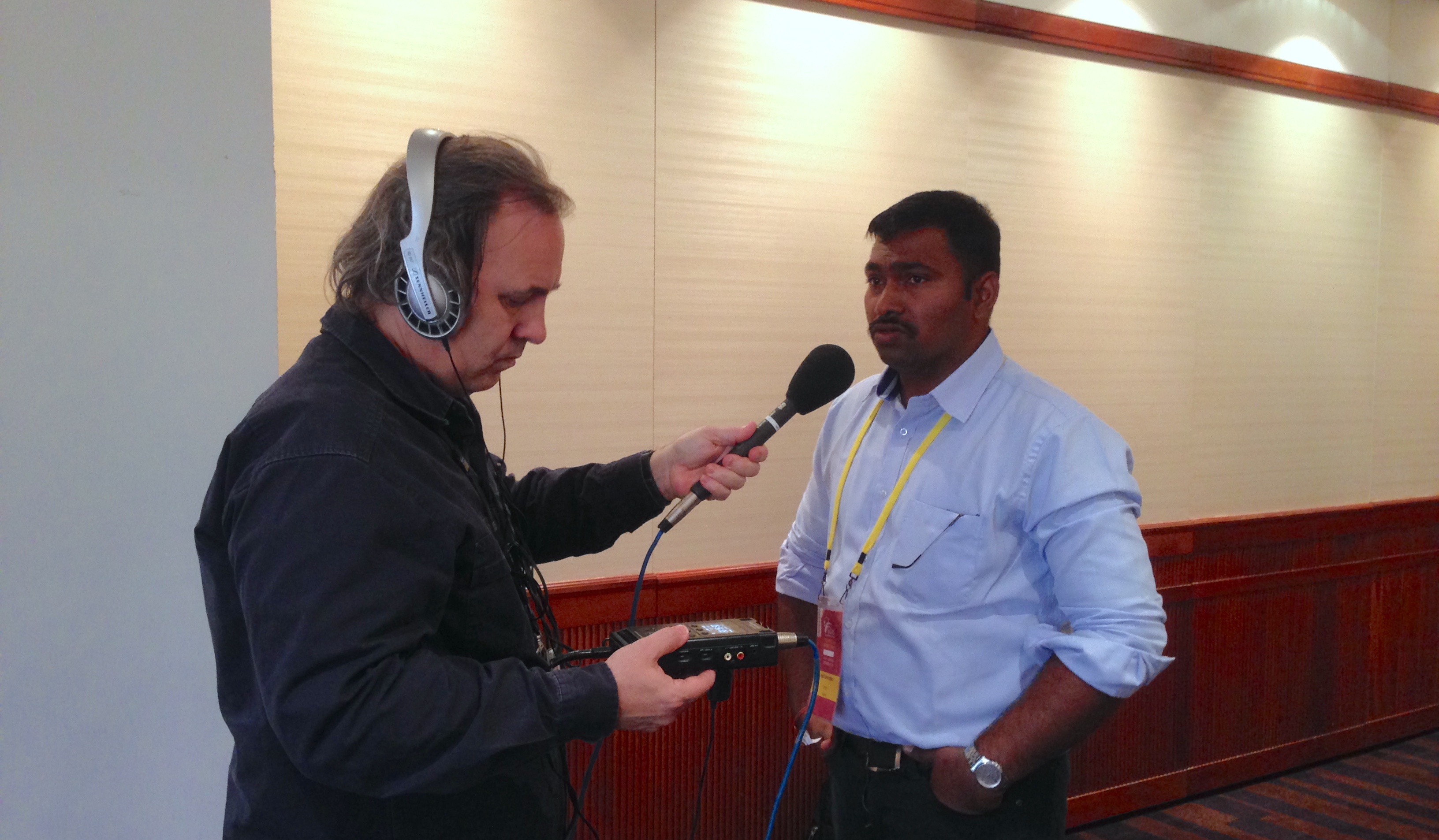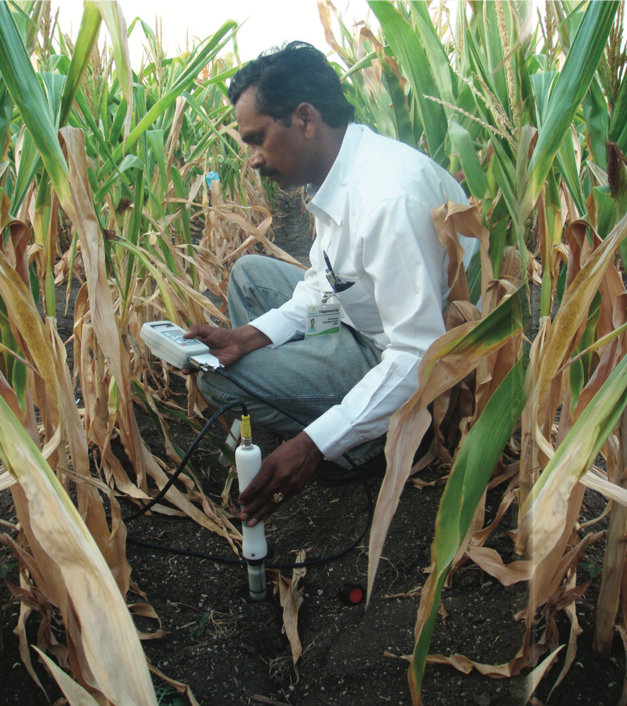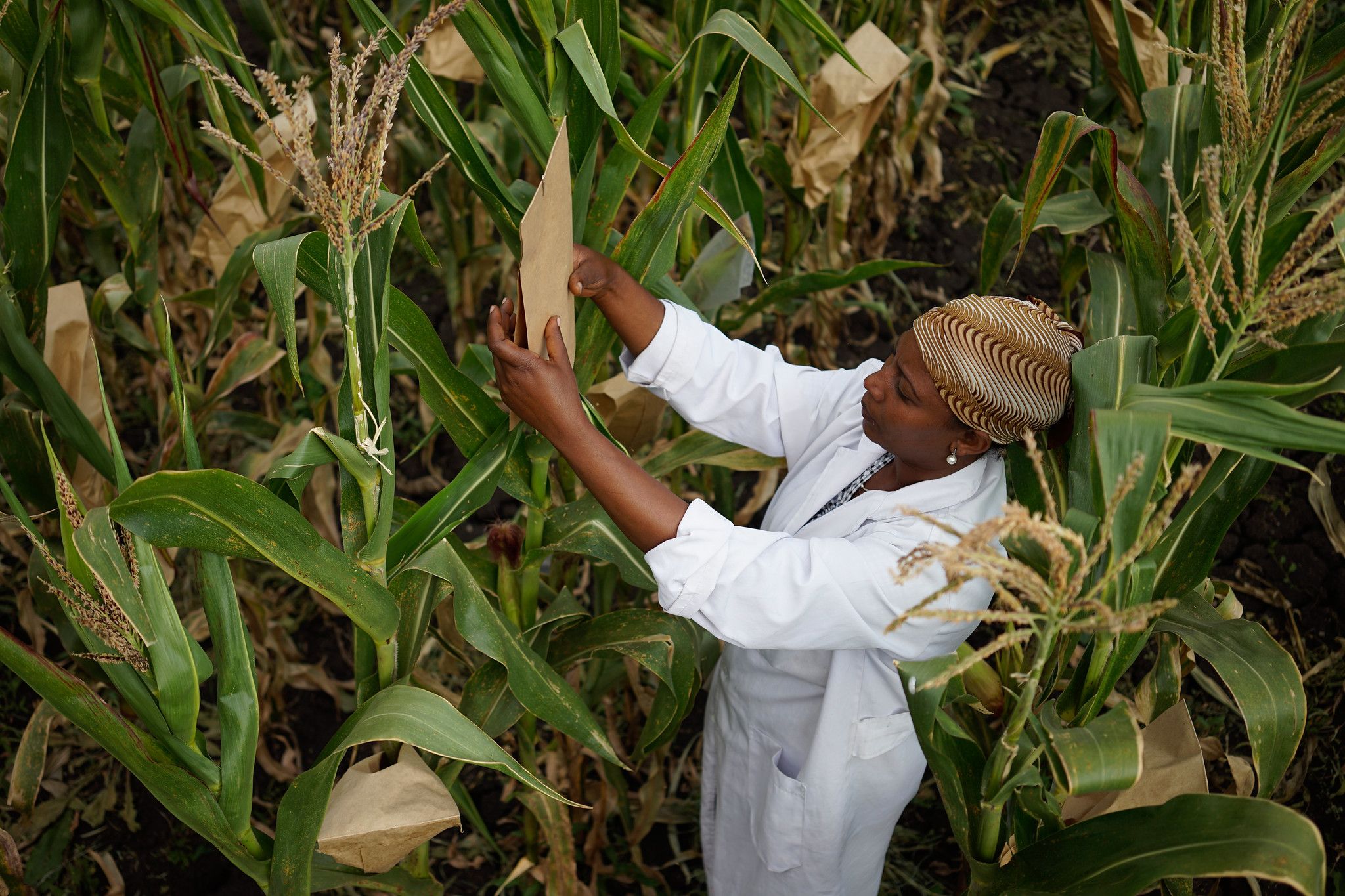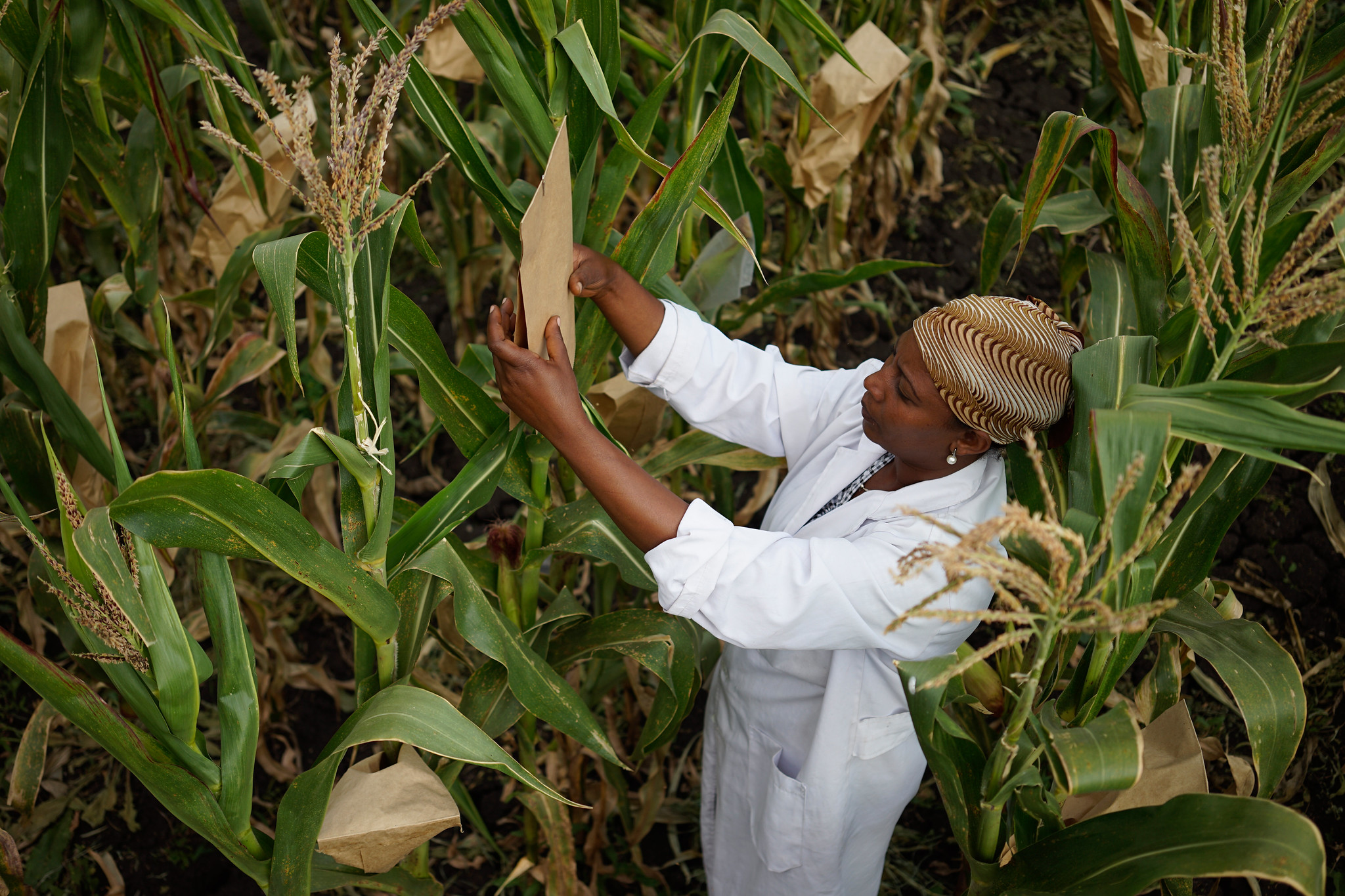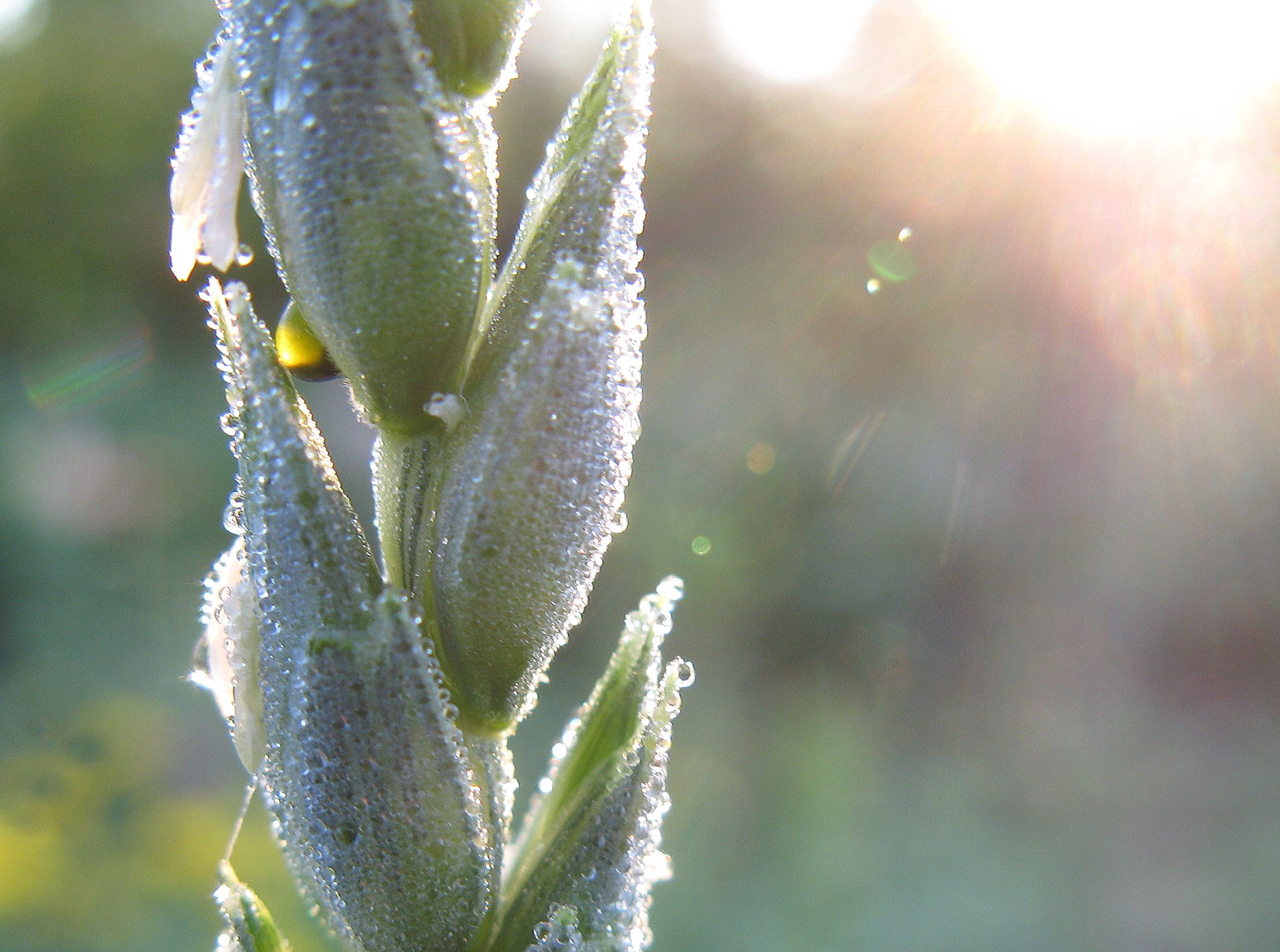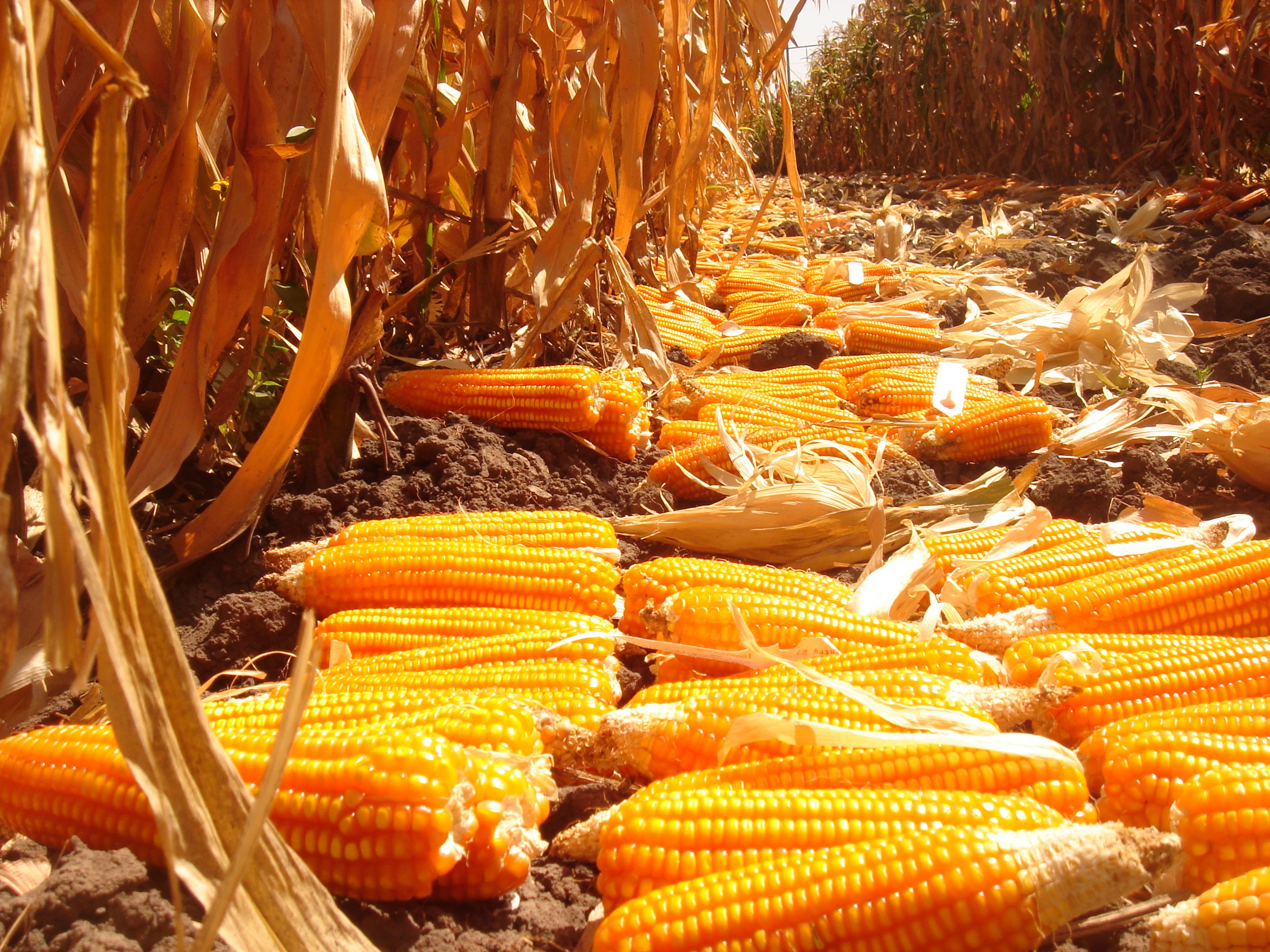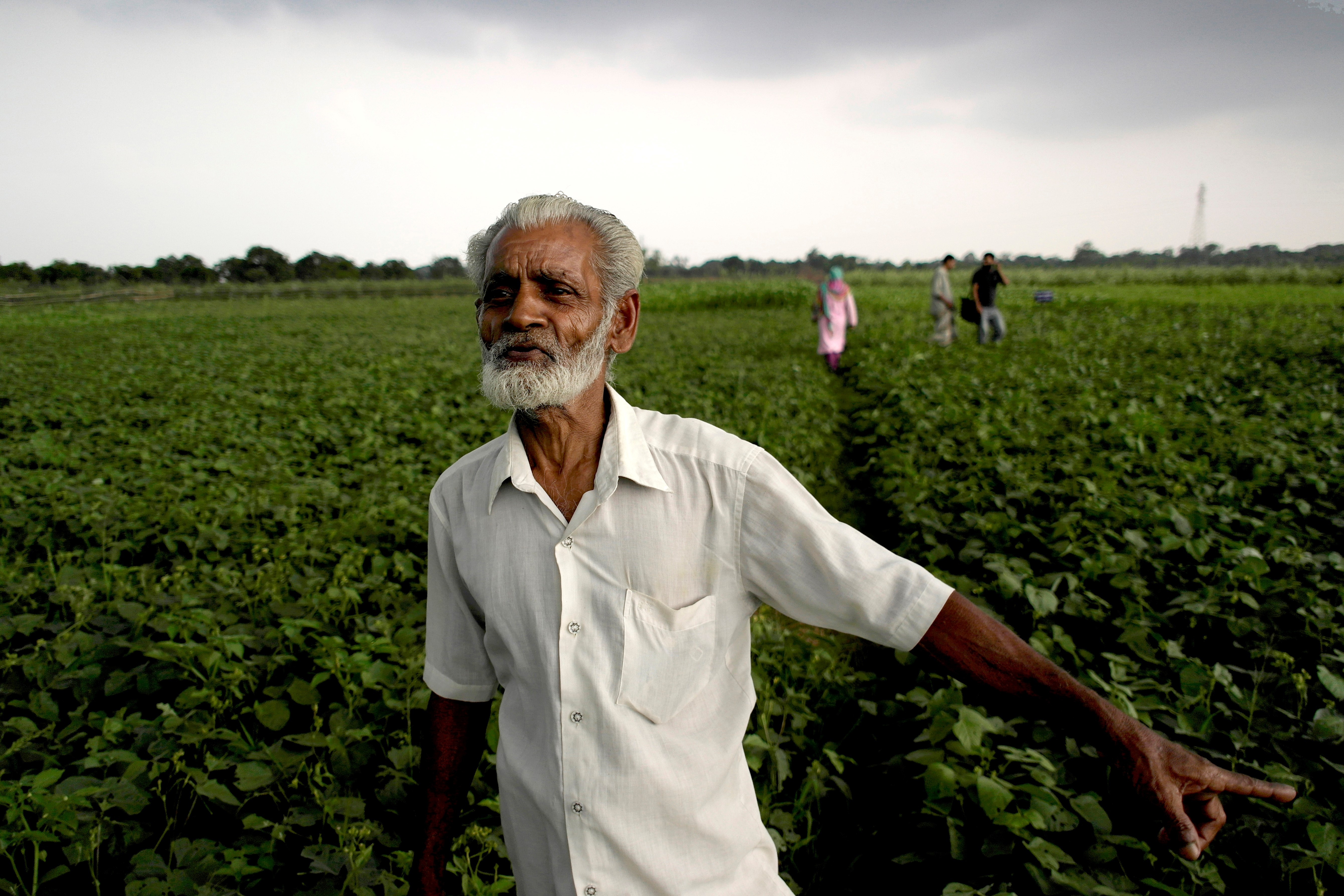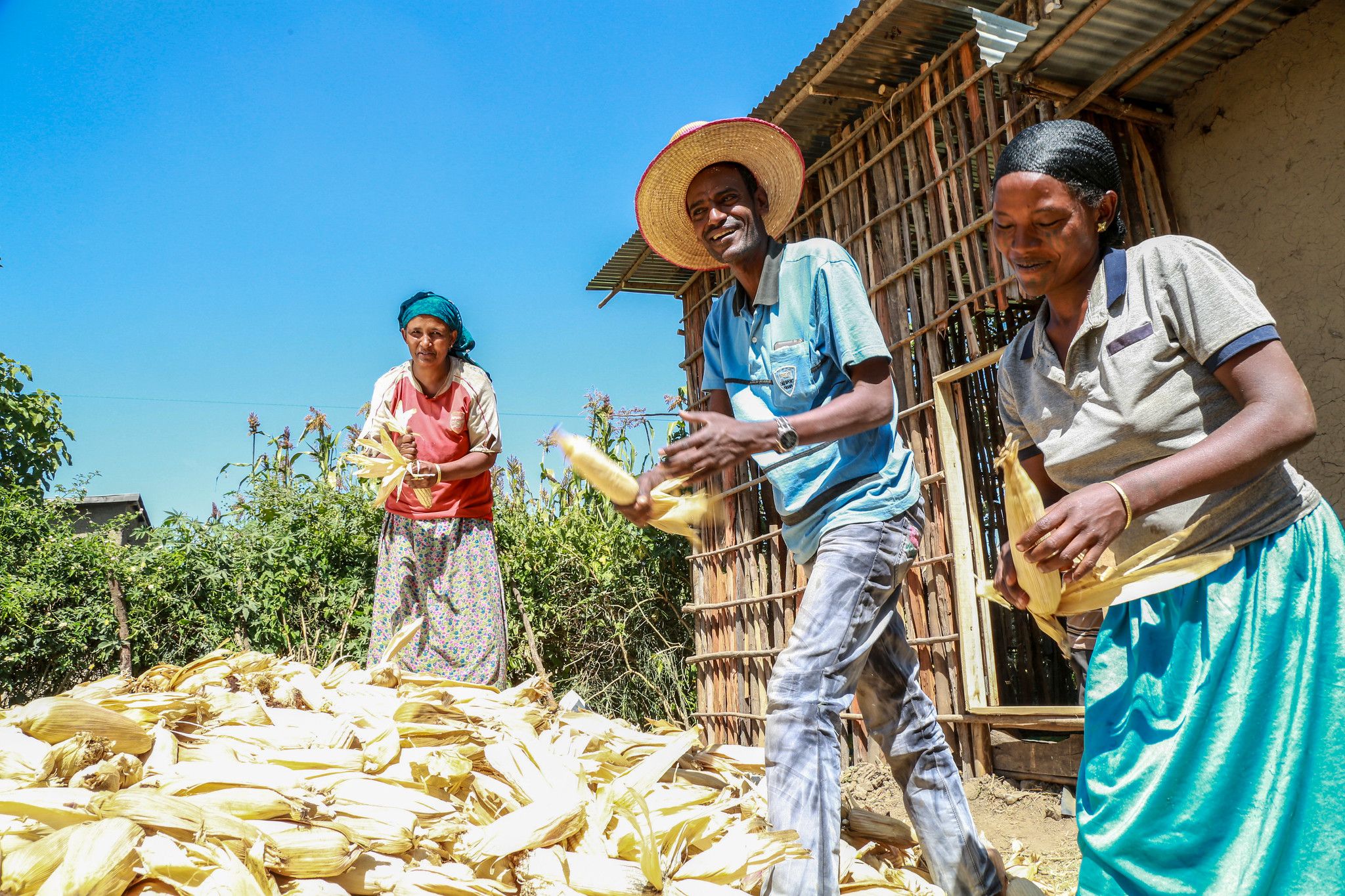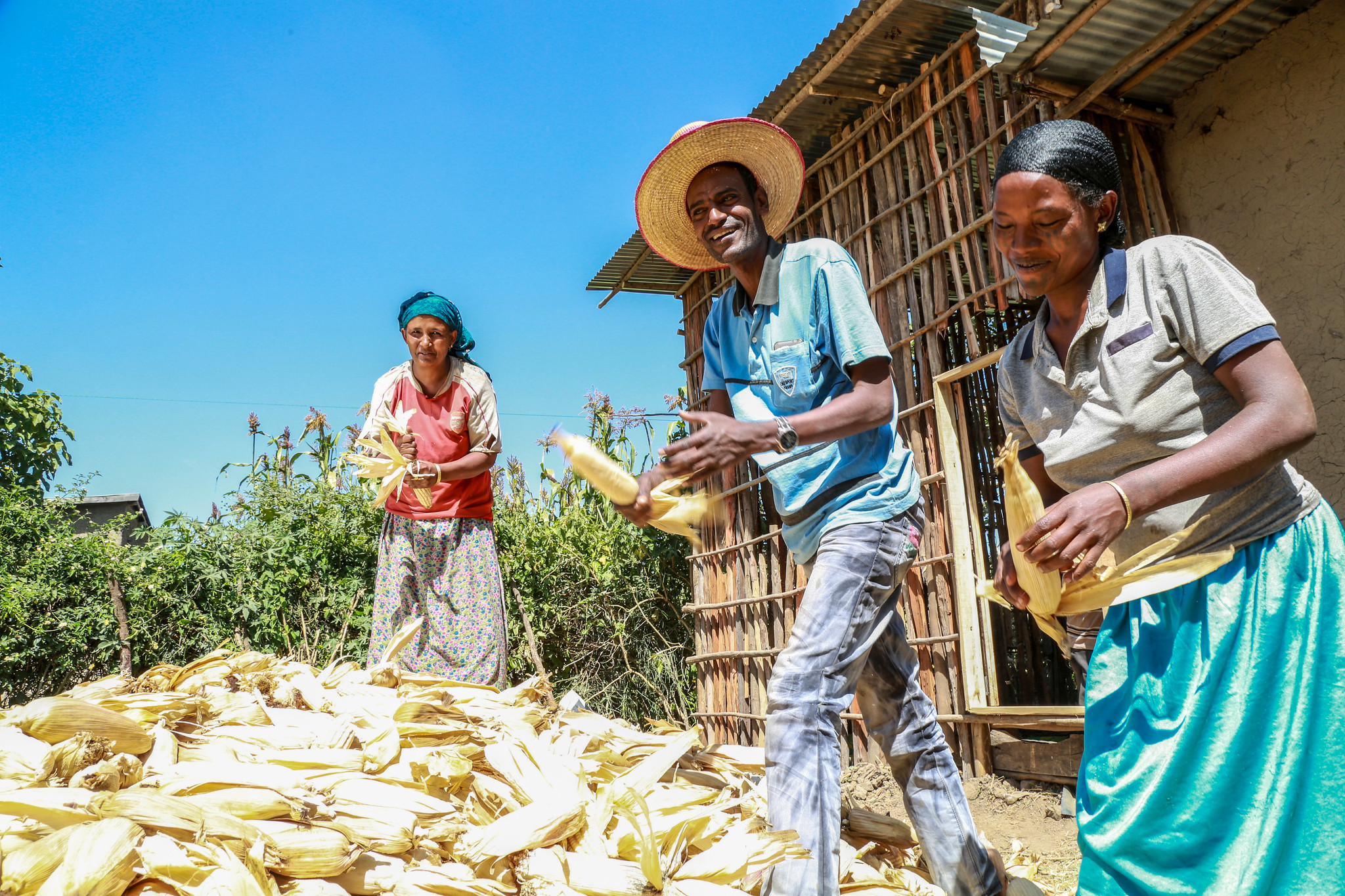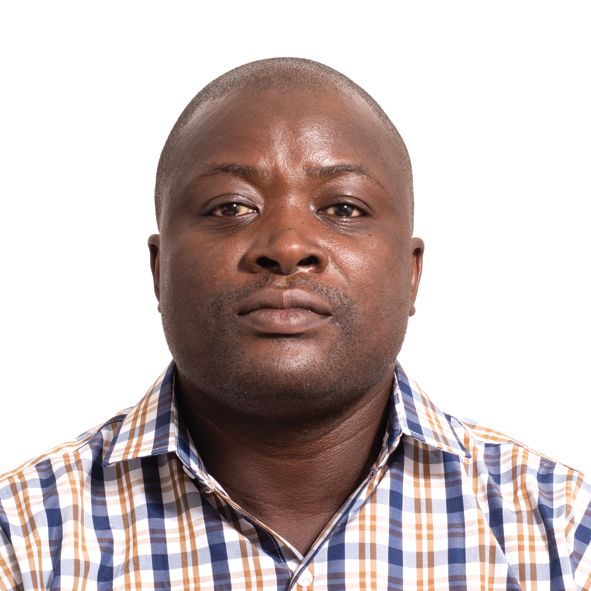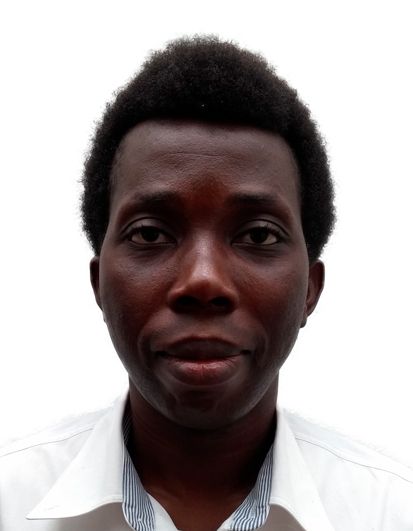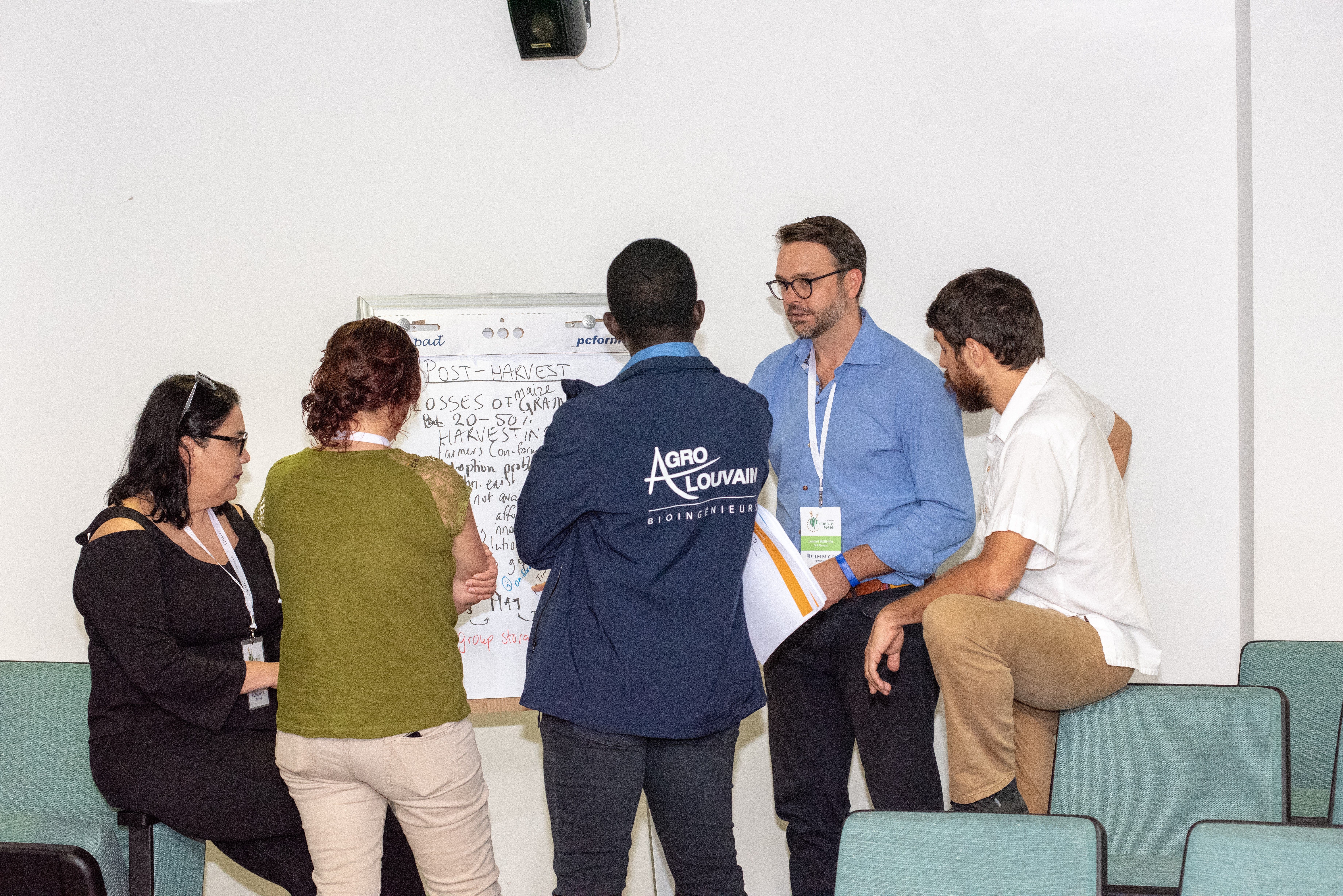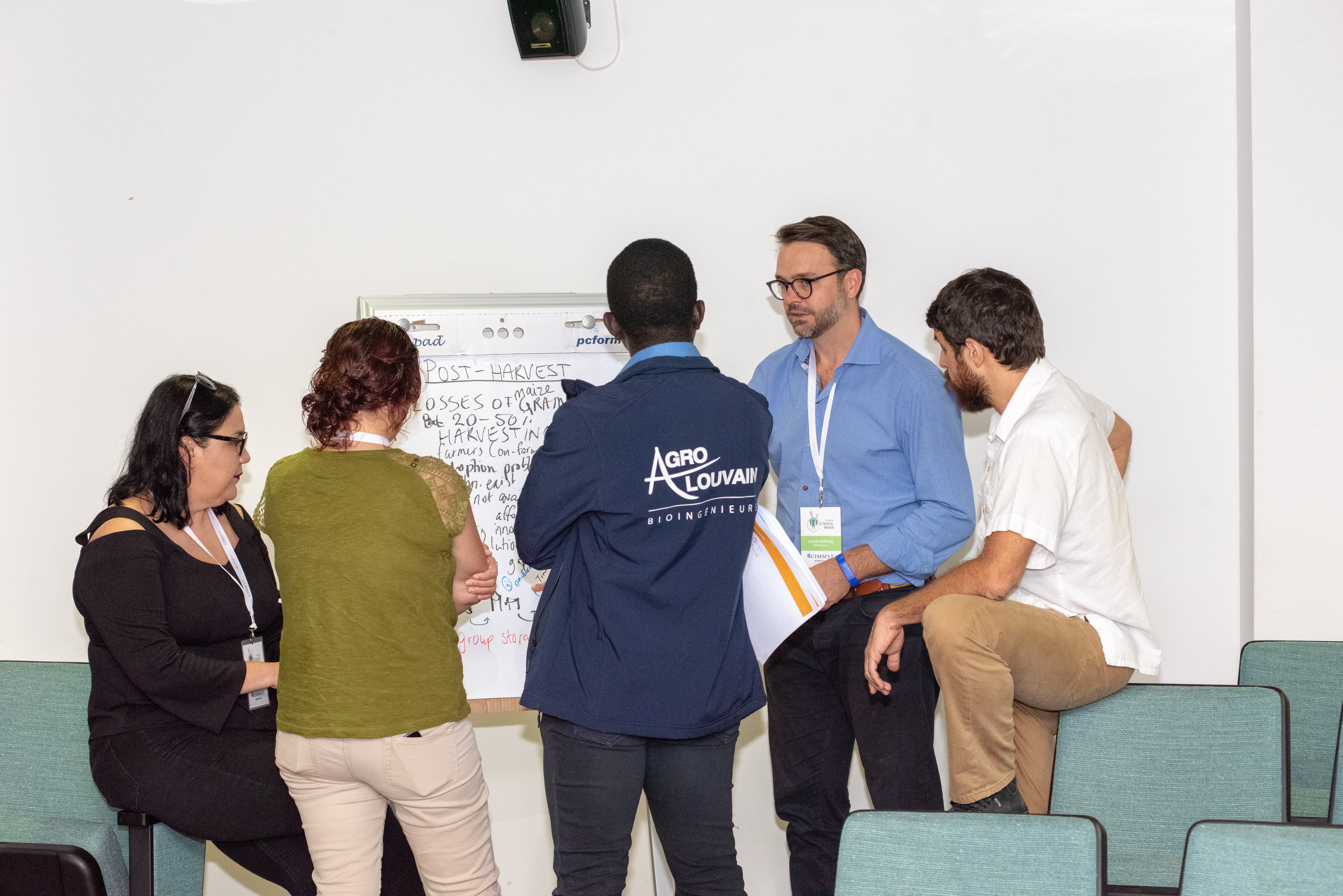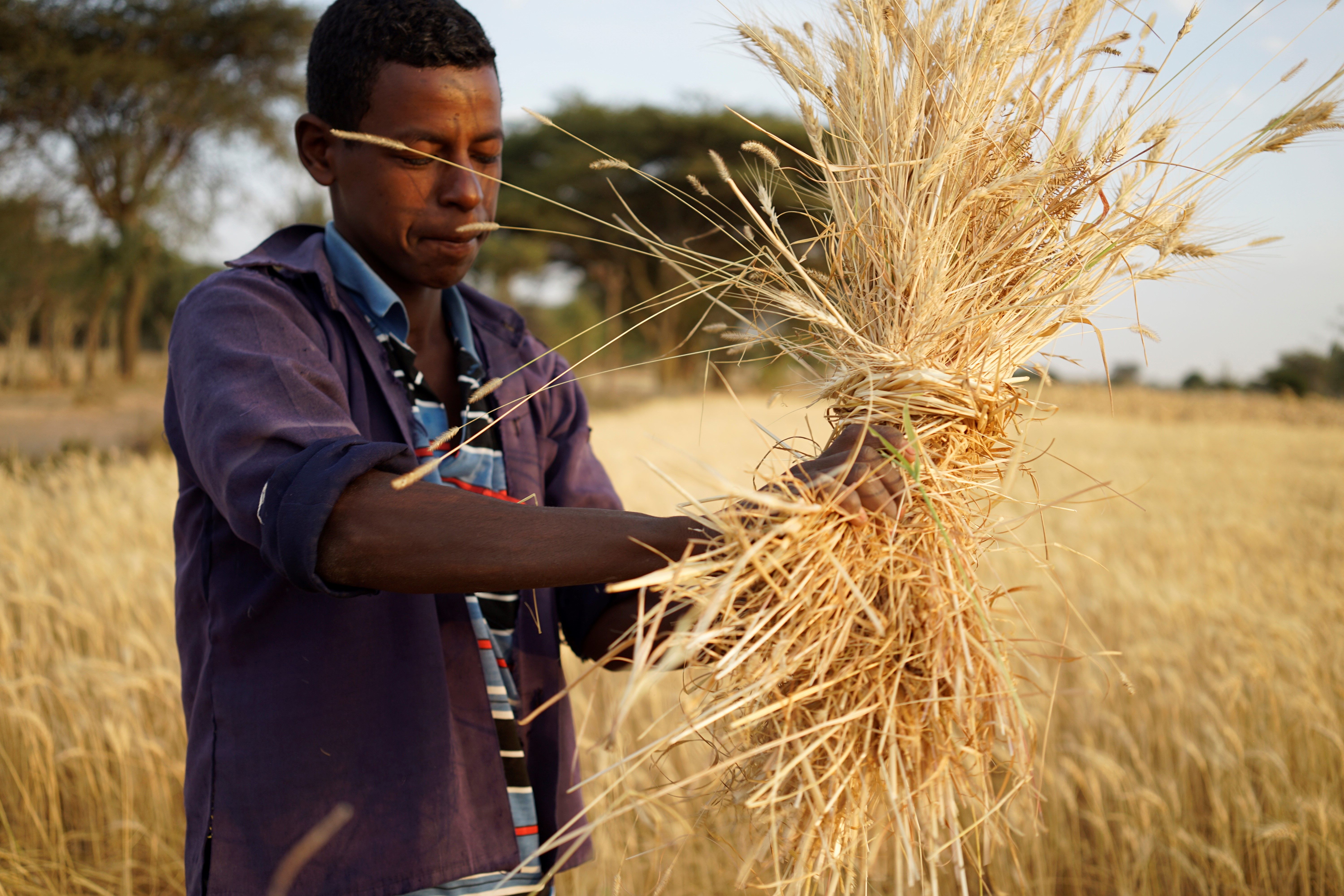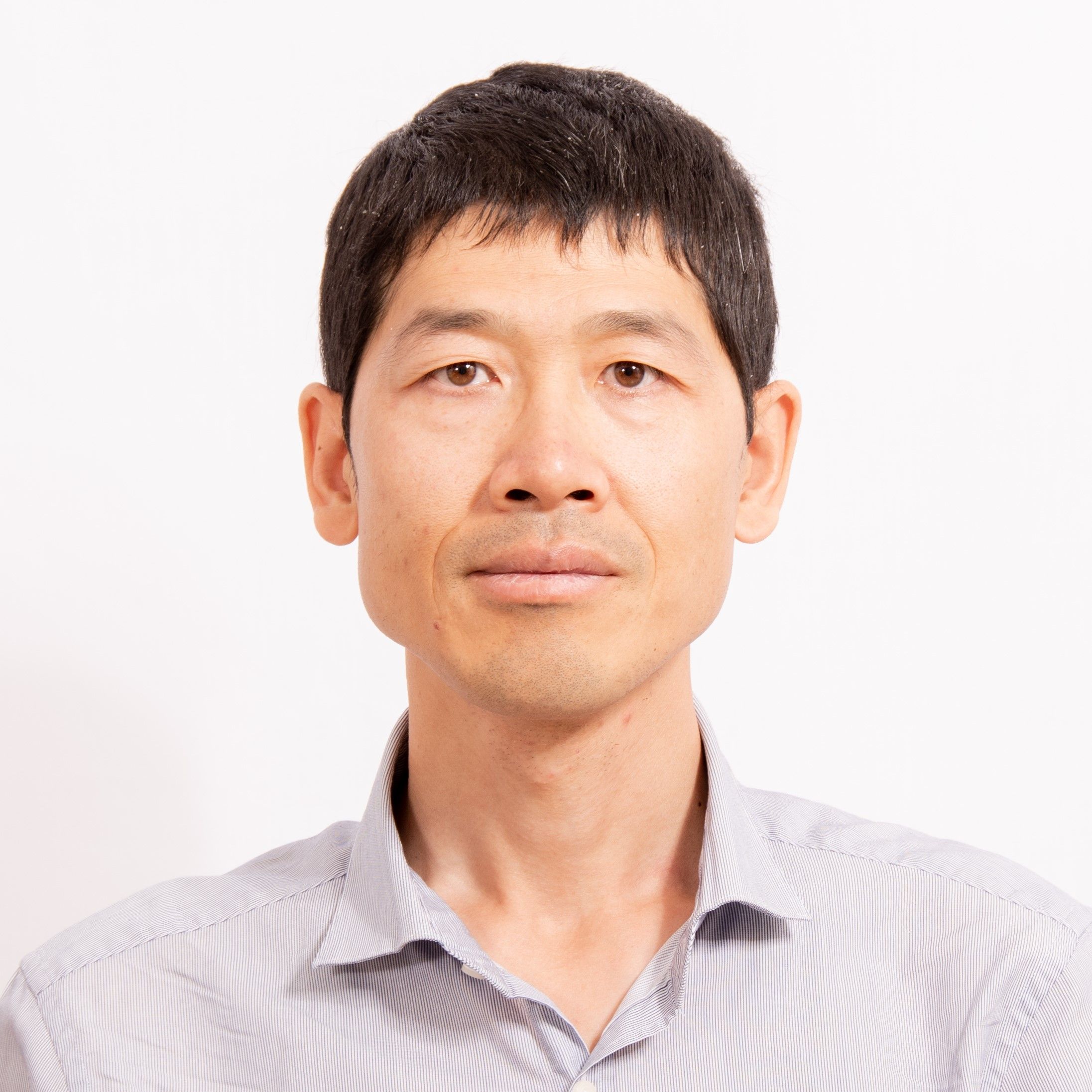FOR IMMEDIATE RELEASE
SASKATOON, Canada (CIMMYT) — Amid global efforts to intensify the nutritional value and scale of wheat production, scientists from all major wheat growing regions in the world will gather from July 21 to 26, 2019 at the International Wheat Congress in Saskatoon, the city at the heart of Canada’s western wheat growing province, Saskatchewan. The CGIAR Research Program on Wheat (WHEAT), led by the International Maize and Wheat Improvement Center (CIMMYT), is a founding member of the G20 Wheat Initiative, a co-host of the conference.
Wheat provides 20% of all human calories consumed worldwide. In the Global South, it is the main source of protein and a critical source of life for 2.5 billion people who live on less than $2 (C$2.60) a day.
In spite of its key role in combating hunger and malnutrition, the major staple grain faces threats from climate change, variable weather, disease, predators and many other challenges. Wheat’s vital contribution to the human diet and farmer livelihoods makes it central to conversations about the rural environment, agricultural biodiversity and global food security.
More than 800 delegates, including researchers from the CGIAR Research Program on Wheat, CIMMYT, the International Center for Agricultural Research in the Dry Areas (ICARDA), the International Wheat Yield Partnership (IWYP), Cornell University’s Delivering Genetic Gain in Wheat project (DGGW), the University of Saskatchewan and many other organizations worldwide will discuss the latest research on wheat germplasm.
“We must solve a complex puzzle,” said Martin Kropff, CIMMYT’s director general. “Wheat must feed more people while growing sustainably on less land. Wheat demand is predicted to increase 60% in the next three decades, while climate change is putting an unprecedented strain on production.”
“The scientific community is tackling this challenge head-on, through global collaboration, germplasm exchange and innovative approaches. Researchers are looking at wheat’s temperature response mechanisms and using remote sensing, genomics, bio-informatics and other technologies to make wheat more tolerant to heat and drought,” Kropff said.
The congress is the first major gathering of the wheat community since the 2015 International Wheat Conference in Sydney, Australia.
CGIAR and CIMMYT scientists will share the latest findings on:
- State-of-the-art approaches for measuring traits to speed breeding for heat and drought tolerance
- Breeding durum (pasta) wheat for traits for use in bread products
- New sources of diversity — including ancient wheat relatives — to create aphid-resistant wheat and other improved varieties
- DNA fingerprinting to help national partners identify gaps in improved variety adoption
For more details on schedule and scientists’ presentations, click here.
Research shows that more than 60% of wheat varietal releases since 1994 were CGIAR-related.
Low- and middle-income countries are the primary focus and biggest beneficiaries of CGIAR wheat research, but high-income countries reap substantial rewards as well. In Canada, three-quarters of the wheat area is sown to CGIAR-related cultivars and in the United States almost 60% of the wheat area was sown to CGIAR-related varieties, according to the research.
WHEN
July 21-26, 2019
The opening ceremony and lectures will take place on
Monday, July 22, 2019 from 08:50 to 10:50 a.m.
WHERE
TCU Place
35 22nd Street East,
Saskatoon, SK S7K 0C8, Canada
https://g.page/TCUPlace
CONTACTS
For further information, or to arrange interviews, please contact:
Marcia MacNeil: m.macneil@cgiar.org
Julie Mollins: j.mollins@cgiar.org
About CGIAR
CGIAR is a global research partnership for a food secure future dedicated to reducing poverty, enhancing food and nutrition security, and improving natural resources.
About the CGIAR Research Program on Wheat
Joining advanced science with field-level research and extension in lower- and middle-income countries, the Agri-Food Systems CGIAR Research Program on Wheat (WHEAT) works with public and private organizations worldwide to raise the productivity, production and affordable availability of wheat for 2.5 billion resource-poor producers and consumers who depend on the crop as a staple food. WHEAT is led by the International Maize and Wheat Improvement Center (CIMMYT), with the International Center for Agricultural Research in the Dry Areas (ICARDA) as a primary research partner. Funding for WHEAT comes from CGIAR and national governments, foundations, development banks and other public and private agencies, in particular the Australian Centre for International Agricultural Research (ACIAR), the UK Department for International Development (DFID) and the United States Agency for International Development (USAID). www.wheat.org
About CIMMYT
The International Maize and Wheat Improvement Center (CIMMYT) is the global leader in publicly funded maize and wheat research and related farming systems. Headquartered near Mexico City, CIMMYT works with hundreds of partners throughout the developing world to sustainably increase the productivity of maize and wheat cropping systems, thus improving global food security and reducing poverty. CIMMYT is a member of CGIAR and leads the CGIAR Research Programs on Maize and Wheat, and the Excellence in Breeding Platform. The center receives support from national governments, foundations, development banks and other public and private agencies.
